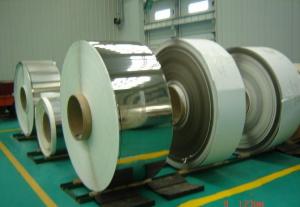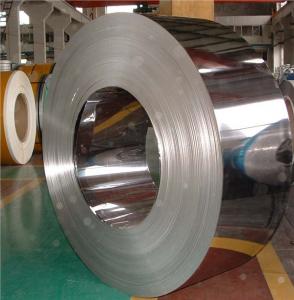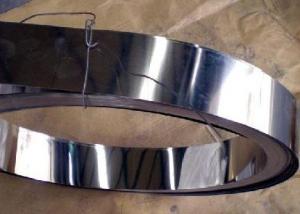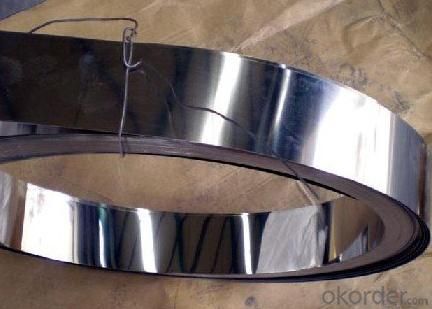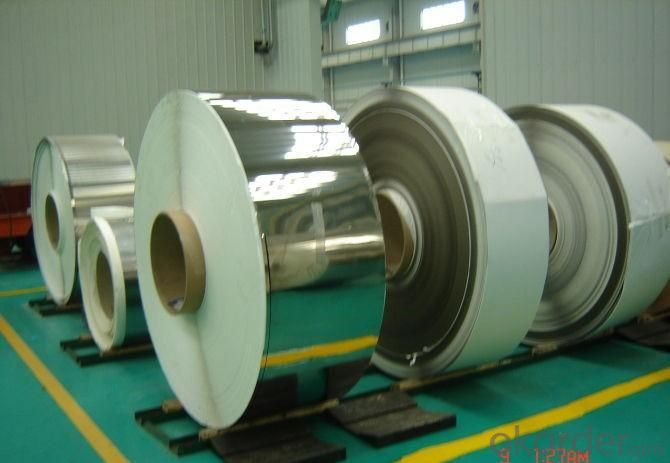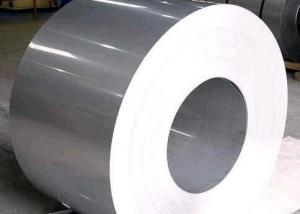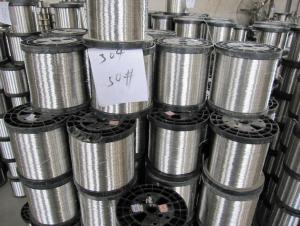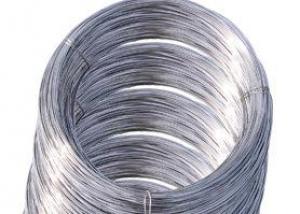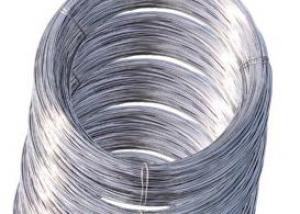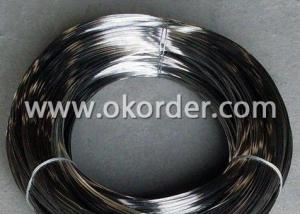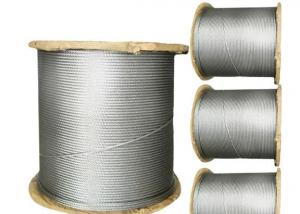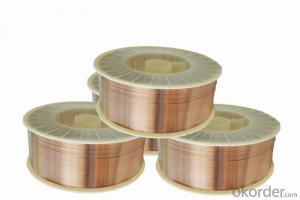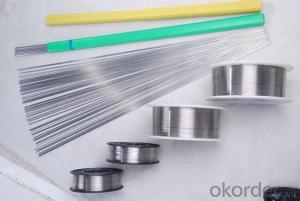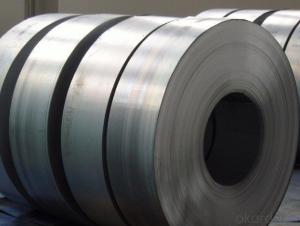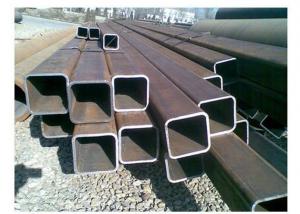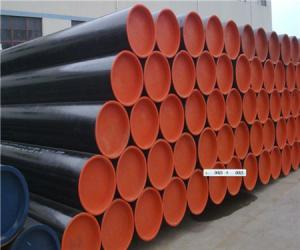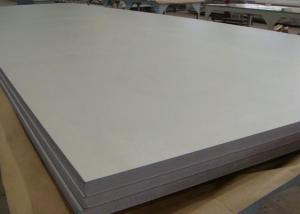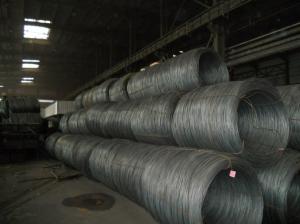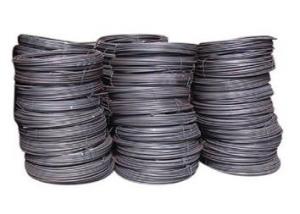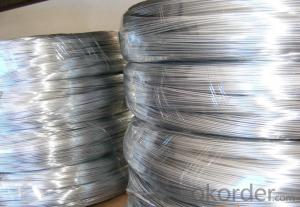Stainless Steel Strips
- Loading Port:
- China Main Port
- Payment Terms:
- TT or LC
- Min Order Qty:
- 20 ton m.t.
- Supply Capability:
- 20000 ton m.t./month
OKorder Service Pledge
OKorder Financial Service
You Might Also Like
Stainless Steel Strip
1.Size:
Thickness: 0.3mm ~~ 6mm, Width: 650mm ~~ 2100mm, Length: to be customized.
2.Material:
SUS201,202,301,304,304L,316,316L ,321 etc.
3.Standard:
AISI,JIS,GB,DIN
4.Finish:
Black, No.1, 2B, 2D, BA, NO.3, NO.4, SB, NO.8, HL
5.Testing:
Each heat number and batch must be tested for both chemical and mechanical properties
Stainless Steel Strip | |
Standard | JIS, AISI, ASTM, GB, DIN, EN |
Property | Stainless steel coil, Stainless steel sheet, Stainless steel plate, stainless steel |
Quality | prime |
Manufacturing Process | factory direct sale |
Surface Treatment | Black, No.1, 2B, 2D, BA, NO.3, NO.4, SB, NO.8, HL |
Main Grade | 201,201,301,302,303,304,321,316,316L,309,310,309H, 310S,431,430,420,430F |
MOQ | 20 ton |
Trade Term | FOB |
Payment term | T/T or L/C |
Price | negotiable |
Packing | Export packing |
Dilvery time | 20days or depend on order quantity |
Container | The capacity for a 20" container:20-24tons |
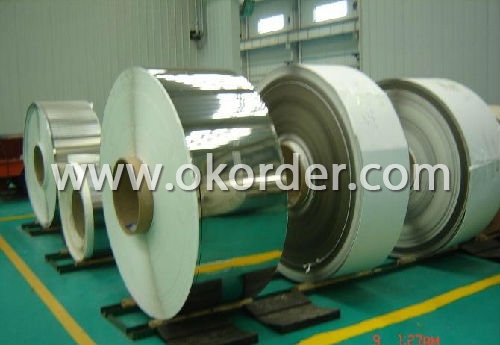
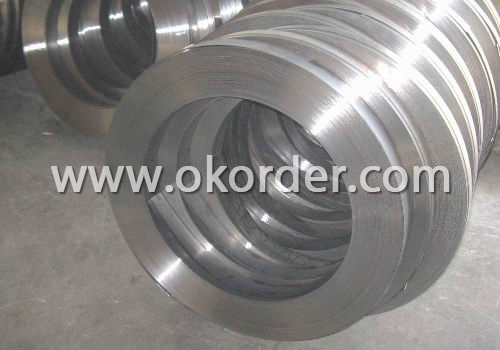
- Q: Stainless steel how to make copper imitation drawing effect?
- Draw the wire first, and then send it to the color. Look, the product you want is made of stainless steel. Stainless steel products, processing line is yao.
- Q: What are the different types of stainless steel wire rope terminations available?
- There are several types of stainless steel wire rope terminations available, including swage fittings, hand-crimped fittings, mechanical fittings, and wire rope clips. Each termination method has its own advantages and suitability for different applications, ensuring secure and reliable connections in various industries such as marine, construction, and aerospace.
- Q: 304 what is the best tapping thread for stainless steel tapping?
- Hand tapping, usually 30 oil can be.
- Q: What are the different corrosion resistance levels of stainless steel wire?
- Stainless steel wire comes in various corrosion resistance levels, which are determined by the alloy composition and the presence of certain elements. The most common corrosion resistance levels for stainless steel wire are as follows: 1. Type 304: This is a widely used stainless steel wire known for its excellent corrosion resistance in most atmospheric environments. It contains 18-20% chromium and 8-10.5% nickel, which provide good resistance to corrosion caused by moisture, oxidation, and many organic and inorganic chemicals. 2. Type 316: This stainless steel wire has an increased corrosion resistance compared to Type 304. It contains 16-18% chromium, 10-14% nickel, and 2-3% molybdenum. The addition of molybdenum enhances its resistance to pitting corrosion caused by chlorides, such as saltwater and marine environments. 3. Type 430: Although not as corrosion resistant as Type 304 or Type 316, Type 430 stainless steel wire offers good resistance to atmospheric corrosion and mild chemicals. It contains 16-18% chromium and is mainly used in applications where high corrosion resistance is not a primary requirement. 4. Type 302: This stainless steel wire is often used in applications requiring high strength and moderate corrosion resistance. It contains 17-19% chromium and 8-10% nickel. While it offers good resistance to many chemicals, it may not be suitable for highly corrosive environments. 5. Type 321: This stainless steel wire is specifically designed for high-temperature applications and offers excellent resistance to intergranular corrosion. It contains 17-19% chromium, 9-12% nickel, and 0.08% carbon, which helps prevent sensitization and subsequent corrosion in certain environments. It is important to select the appropriate corrosion resistance level for stainless steel wire based on the specific application requirements. Factors like exposure to moisture, chemicals, temperature, and environmental conditions should be considered to ensure optimal performance and longevity of the wire.
- Q: How are stainless steel wire fasteners used in construction?
- Construction frequently employs stainless steel wire fasteners for a variety of purposes, thanks to their remarkable strength, durability, and corrosion resistance. These fasteners serve different functions in securing and supporting various components throughout the construction process. One prevalent use of stainless steel wire fasteners in construction involves joining and connecting materials. They are commonly applied to fasten metal sheets, panels, and beams together, guaranteeing structural integrity and stability. Furthermore, stainless steel wire fasteners are employed to secure electrical wiring and conduits, ensuring a safe and dependable electrical system. In addition, construction relies on stainless steel wire fasteners to suspend and support objects like lights, signs, and equipment. They are often used to hang ceiling tiles, HVAC components, and other fixtures from ceilings or walls. These fasteners possess a high load-bearing capacity, ensuring the safety and stability of the suspended objects. Stainless steel wire fasteners are also utilized as reinforcement in concrete structures. They are embedded within the concrete during the pouring process to enhance its tensile strength and prevent cracking. This reinforcement contributes to improved overall durability and longevity, particularly in areas prone to seismic activity or extreme weather conditions. Moreover, stainless steel wire fasteners play a vital role in constructing fences, railings, and other security barriers. They secure mesh panels, wires, or bars, creating a strong and reliable barrier capable of withstanding external forces. Stainless steel's corrosion resistance makes it an ideal choice for outdoor applications, as it can endure exposure to moisture, chemicals, and other environmental factors. In conclusion, stainless steel wire fasteners find extensive use in construction for joining materials, suspending objects, reinforcing concrete, and constructing security barriers. Their strength, durability, and corrosion resistance establish them as a reliable option for various construction applications, ensuring the safety, stability, and longevity of structures.
- Q: What's the meaning of the 3 Series 4 series stainless steel wire?
- Austenitic stainless steel is marked in figures 200 and 300,Ferritic and martensitic stainless steels are represented in figures of 400 series.
- Q: How is stainless steel wire annealed?
- Solution annealing is the method by which stainless steel wire is annealed. This involves heating the wire to a specific temperature, usually between 1050°C and 1150°C (1922°F and 2102°F), and maintaining it at that temperature for a predetermined duration. The objective of this heat treatment is to dissolve any carbides or impurities in the steel, resulting in improved mechanical properties and resistance to corrosion. Once the wire has reached the desired temperature, it is slowly and carefully cooled to prevent the formation of new carbides. This process, known as quenching, is typically accomplished by immersing the wire in a quenching medium like water or oil. The cooling rate is crucial in order to achieve a fully austenitic structure, which is necessary for the desired softness and ductility. After quenching, the wire typically undergoes a secondary heat treatment known as stabilization annealing to further enhance its properties. Stabilization annealing involves heating the wire to a lower temperature, approximately 850°C to 950°C (1562°F to 1742°F), and maintaining it at that temperature for a shorter period of time. This process helps to minimize the risk of intergranular corrosion and sensitization, which can occur in stainless steel due to the precipitation of chromium carbides. In conclusion, the annealing process for stainless steel wire is carefully controlled to achieve the desired softness, ductility, and resistance to corrosion. This heat treatment is crucial in ensuring that the wire meets the specific requirements of various applications, such as the production of springs, wire mesh, or medical devices.
- Q: Can stainless steel wire be used for wire rope ferrules?
- Yes, stainless steel wire can be used for wire rope ferrules. Stainless steel is a popular choice for wire rope ferrules due to its high corrosion resistance and strength. It is commonly used in various applications where wire rope ferrules are required, such as in marine, construction, and industrial settings. Stainless steel wire ensures durability and longevity, making it a suitable material for wire rope ferrules.
- Q: What are the different types of stainless steel wire rope shackles?
- There are several different types of stainless steel wire rope shackles, each designed for specific applications and requirements. 1. Screw Pin Shackles: These are the most common and widely used type of stainless steel wire rope shackles. They feature a threaded pin that can be easily screwed in and out of the shackle body, providing a secure connection. Screw pin shackles are ideal for non-permanent applications and are available in various sizes and load capacities. 2. Bolt-Type Shackles: These shackles have a bolt and nut arrangement instead of a screw pin. The bolt is inserted through the shackle body and secured with a nut, providing a more secure and permanent connection. Bolt-type shackles are commonly used in heavy-duty applications where a higher level of strength and reliability is required. 3. Safety Bolt Shackles: Similar to bolt-type shackles, safety bolt shackles also feature a bolt and nut arrangement. However, they have an additional safety feature in the form of a captive bolt head. This ensures that the bolt cannot be fully removed from the shackle body, reducing the risk of accidental detachment. 4. Wide Body Shackles: These shackles have a wider shackle body compared to standard shackles. This design provides greater surface area contact, distributing the load across a larger area and reducing stress concentration. Wide body shackles are often used in applications where there is a need for additional strength and stability. 5. Bow Shackles: Bow shackles have a bow-shaped body instead of a straight one, providing a larger opening for connecting ropes, cables, or chains. This makes bow shackles particularly suitable for applications where larger diameter ropes or multiple connections are involved. 6. D Shackles: D shackles get their name from their D-shaped body. They are commonly used in situations where space is limited, as their compact design allows for easy attachment in confined areas. D shackles are often used in rigging, marine, and industrial applications. It is important to choose the appropriate type of stainless steel wire rope shackle based on the specific requirements of the application, such as load capacity, environment, and intended use.
- Q: Stainless steel wire drawing plate, matte stainless steel is the same
- Stainless steel wire drawing generally has several effects: straight silk, snow pattern, nylon pattern. Straight silk is from top to bottom continuous lines, usually fixed wire drawing machine, workpiece before and after movement. Snowflake pattern is the most popular one now. It is made up of a little bit of good points and can be done with insect sandpaper. Nylon lines are composed of different lines, because the soft nylon wheel so rough grinding parts to nylon lines.
Send your message to us
Stainless Steel Strips
- Loading Port:
- China Main Port
- Payment Terms:
- TT or LC
- Min Order Qty:
- 20 ton m.t.
- Supply Capability:
- 20000 ton m.t./month
OKorder Service Pledge
OKorder Financial Service
Similar products
Hot products
Hot Searches
Related keywords
